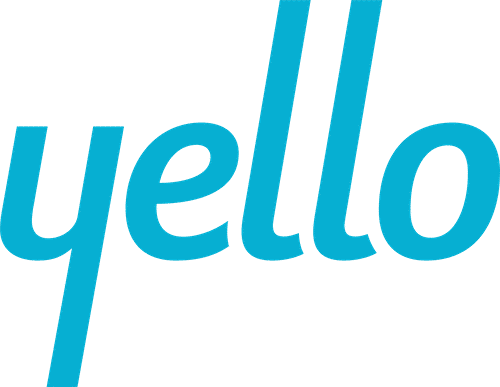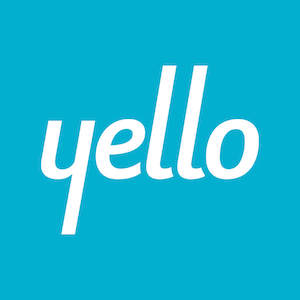Talent communities can help reduce time-to-fill, simplify sourcing and produce high-quality candidates who are interested in your company and understand your employer brand. But launching a talent community is only the first step; you must maintain it to reap the benefits. Follow these tips to ensure your talent community delivers results and cultivates a reliable pipeline of future talent.
Set goals
What do you want to accomplish? Start by establishing actionable steps to help achieve goals for your talent community. Create steps that are specific, measurable and timely. For example, if the goal is to cut sourcing time, action items to achieve that goal could include:
- Reduce time-to-hire by 15% in one year
- Grow the talent community by 20% in six months
- Increase talent community communication open rates by 10% within three months
Promote the talent community
Talent communities provide candidates the option to show interest in your company without committing to a specific position, but it’s up to you to encourage candidates to join. Use creative tactics to promote your talent community:
- Share links to join your talent community as part of your social recruiting strategy
- Ask every recruiter to add a sign-up link to their email signature
- On your careers site, explain what your talent community offers and drive candidates to join
- Add a sign-up option to the end of every job application
- Encourage employees to share your talent community with their networks on LinkedIn and other social platforms
Add new members
The recruiting team should continually add new talent community members. Use a talent relationship management system to easily build, search, organize and add new candidates to your talent community, including:
- Silver medalists: Candidates who were finalists for a position, but ultimately did not receive an offer
- Referrals: Candidates who were referred, but weren’t right for the current opening
- Inexperienced or overqualified applicants: Applicants who are inexperienced or are overqualified for the current position, but could be a good fit for a future role
- Career fair and event candidates: Candidates you met at career fairs or networking events
- Company alumni: High-performing employees who left for other roles and interns who returned to school
- Candidates who declined an offer: Even candidates who accepted another opportunity may be looking for a new position in the future
Create shareable content
Partner with the marketing department to create a communication plan and timeline for your talent community. By providing interesting content, talent community members are more likely to share this information with their networks. Offer members a unique view into life at your company by sharing:
- Employee Q+A’s
- Photos of company events
- Recent news articles
- Messages from company leadership
- Industry trends
Download a step-by-step talent community communication plan to attract the best talent.
Track key metrics
Measure success to gain insight into the overall strength of your talent community, and understand how it contributes to talent acquisition objectives. The way you measure success for your talent community depends on the goal you set out to achieve. Key metrics include:
- Time-to-fill: Implementing a talent community can help to reduce time-to-fill; candidates who are already familiar with your company move through the hiring process faster. Compare time-to-fill metrics from before and after you launched the talent community to monitor improvement.
- Cost-per-hire: Cultivating a pipeline of interested candidates helps to cut cost-per-hire, reducing money spent on job advertising, job boards and other recruitment marketing initiatives.
- Engagement: Find out if your talent community communications resonate with your audience. With a talent relationship management system, track candidates who engage with your content by analyzing open and click rates.
- Growth: Track membership to ensure your talent community continues to grow over time. If membership plateaus, evaluate your promotion strategies and remind recruiters to continue to add new candidates.
- Opt-outs: Monitor the number of candidates who opt out of your talent community. A high opt-out rate can indicate that you are over-communicating or your content doesn’t interest members.
Talent communities are slow-building initiatives that require a long-term commitment from recruiters. But by putting the time in, talent acquisition teams can build a steady stream of future talent, to hire for even the most hard-to-fill positions.


